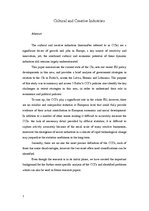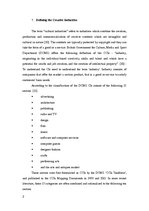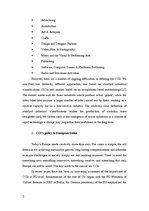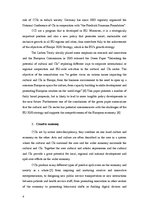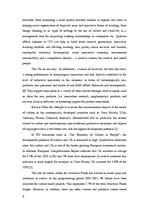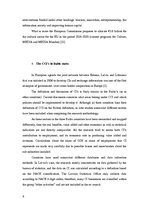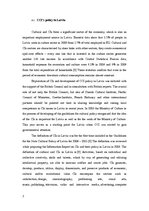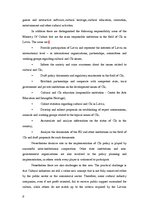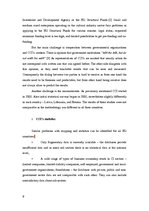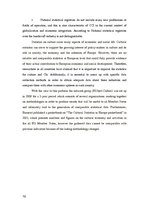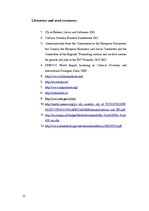-
Cultural and Creative Industries in Baltic States
2011. - 2015. g.
• National statistical registries do not include many new professions or fields of operation, and this is also characteristic of CCI in the current context of globalization and economic integration. According to National statistical registries even the handicraft industry is not distinguishable.
Statistics on culture cover many aspects of economic and social life. Cultural statistics can serve to support the growing interest of policy-makers in culture and its role in society, the economy and the cohesion of Europe. However, there are no reliable and comparable statistics at European level that could fully provide evidence of their actual contribution to European economic and social development. Therefore, researchers in all countries have claimed that it is important to improve the statistics for culture and CIs. Additionally, it is essential to come up with specific data collection methods in order to obtain adequate data about these industries and compare them with other economic spheres in each country.
With the view to this problem the network group (ESSnet-Culture) was set up in 2009 for a 2-year period which consists of several organizations working together on methodologies in order to produce results that will be useful to all Member States and ultimately lead to the generation of comparable statistical data. Furthermore, Eurostat published a pocketbook on “The Cultural Statistics in Europe pocketbook” in 2011, which presents numbers and figures on the cultural economy and activities in the all EU Member States, however the gathered data cannot be comparable with previous indicators because of the lasting methodology changes.
…
This paper summarizes the current state of the CIs, sets out recent EU policy developments in this area, and provides a brief analysis of government strategies in relation to the CIs in Baltic’s, across the Latvia, Estonia and Lithuania. The purpose of this study was to summary and access 3 Baltic’s CCI’s policies also identify the key challenges in recent strategies in this area, in order to understand their role in economics and political policies.

